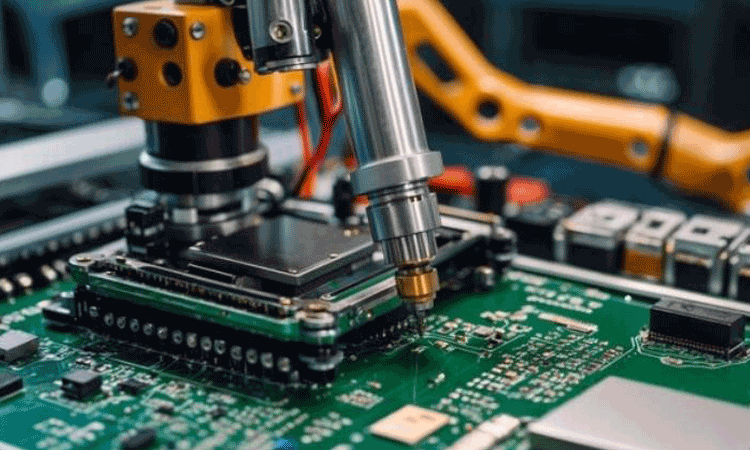As electronic components become increasingly integral to modern technology, the machining processes
that fabricate these components must adapt to evolving trends and stringent standards. The future of electronic component machining is being shaped by advancements in technology, rising demand for miniaturization, and the need for heightened precision and reliability.
Future Trends in Electronic Component Machining
- Miniaturization and Precision: The trend towards smaller, more powerful electronic devices is driving the demand for miniaturized components. This miniaturization requires machining techniques capable of achieving extreme precision at the micro and nano scales. Innovations such as micro-milling, laser ablation, and ultra-precision grinding are emerging to meet these needs. These techniques must handle increasingly complex geometries and tighter tolerances to ensure component performance and reliability.
- Integration of Advanced Materials: The use of advanced materials, such as high-performance ceramics and composites, is becoming more common in electronic components. These materials often require specialized machining processes to achieve the desired properties without compromising quality. The development of new cutting tools and techniques tailored for these materials is crucial for maintaining high standards in production.
- Smart Machining Technologies: The integration of smart technologies into machining equipment is enhancing precision and efficiency. Technologies such as real-time monitoring, adaptive control systems, and predictive maintenance are becoming standard. These innovations allow for continuous process optimization, reduce downtime, and ensure consistent product quality.
Standards Requirements for Future Machining
- Increased Precision and Tolerance: As electronic components become smaller and more complex, standards for machining precision and tolerances are becoming more stringent. The industry is moving towards nanometer-level tolerances, which necessitates the adoption of advanced measurement technologies and stringent quality control processes. Compliance with international standards, such as ISO 9001 and AS9100, ensures that machining processes meet the required precision and reliability.
- Environmental and Safety Standards: With increasing awareness of environmental impact, there is a growing emphasis on sustainable machining practices. Standards related to environmental management, such as ISO 14001, and occupational health and safety, like ISO 45001, are becoming more critical. Machining processes must minimize waste, reduce energy consumption, and ensure a safe working environment.
- Data Security and Traceability: As machining processes become more automated and data-driven, ensuring data security and traceability is essential. Standards related to cybersecurity and data protection, such as ISO/IEC 27001, are important to safeguard sensitive manufacturing information and ensure compliance with regulatory requirements.
Conclusion
The future of electronic component machining is marked by advancements in technology, rising precision demands, and evolving standards. Embracing trends like miniaturization, advanced materials, and smart machining will drive innovation and efficiency. At the same time, adhering to stringent standards for precision, environmental impact, and data security will be essential for maintaining high-quality production and meeting the growing demands of the electronics industry. As these trends and standards evolve, they will shape the future landscape of electronic component machining, driving advancements and ensuring reliability in the next generation of electronic devices.
Image courtesy: Design by Freepik


